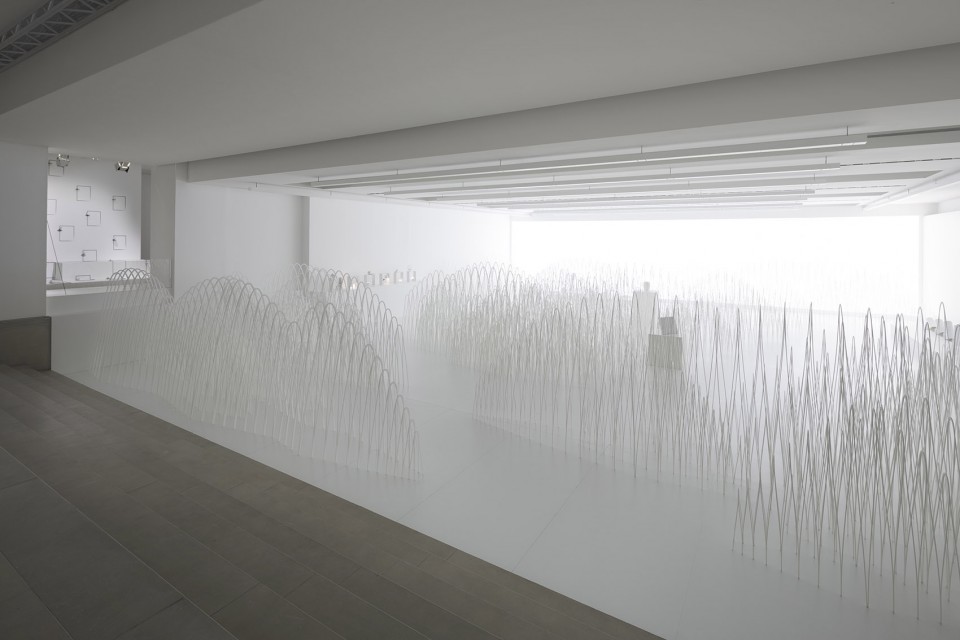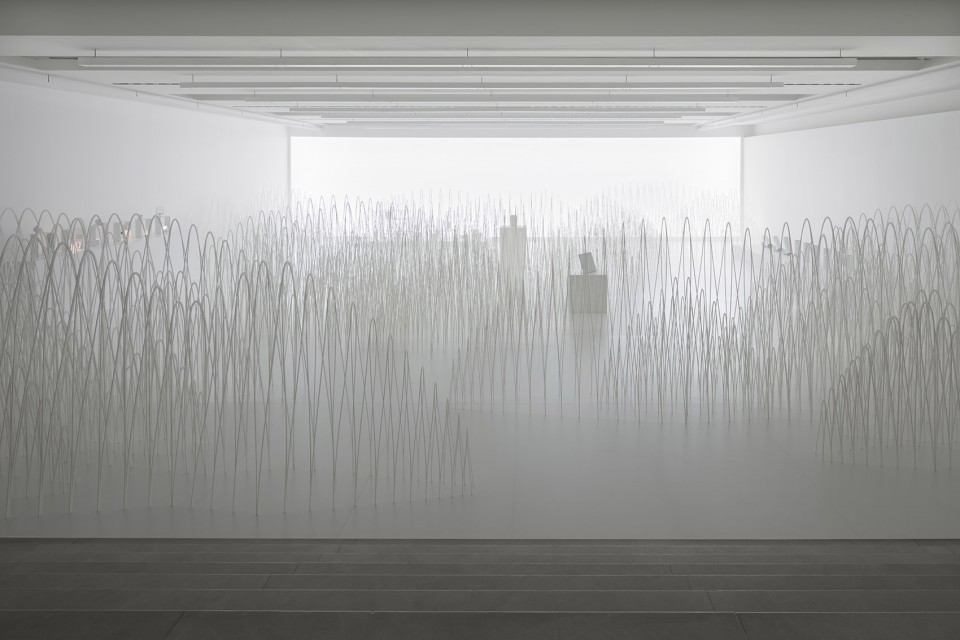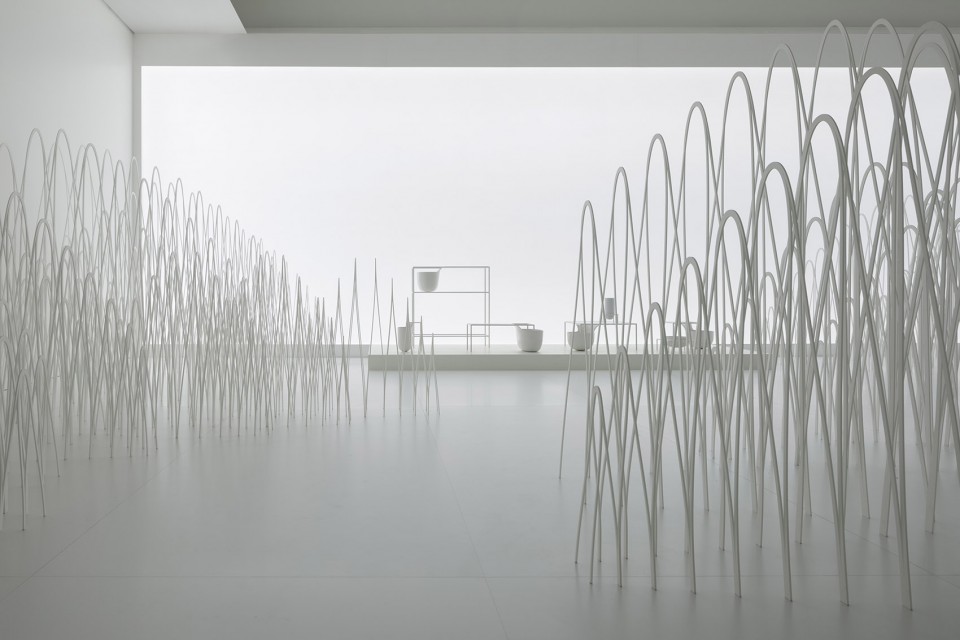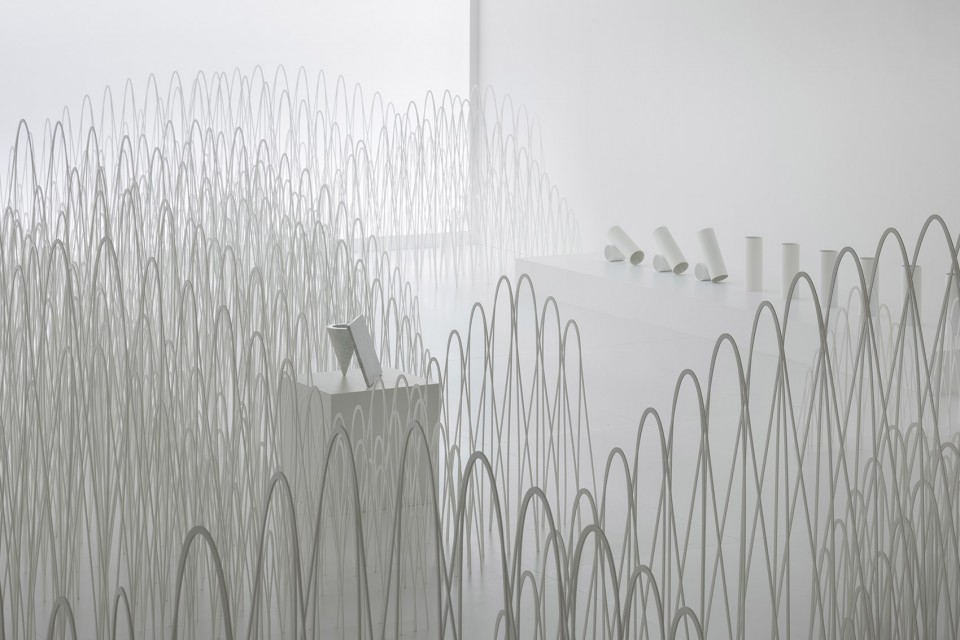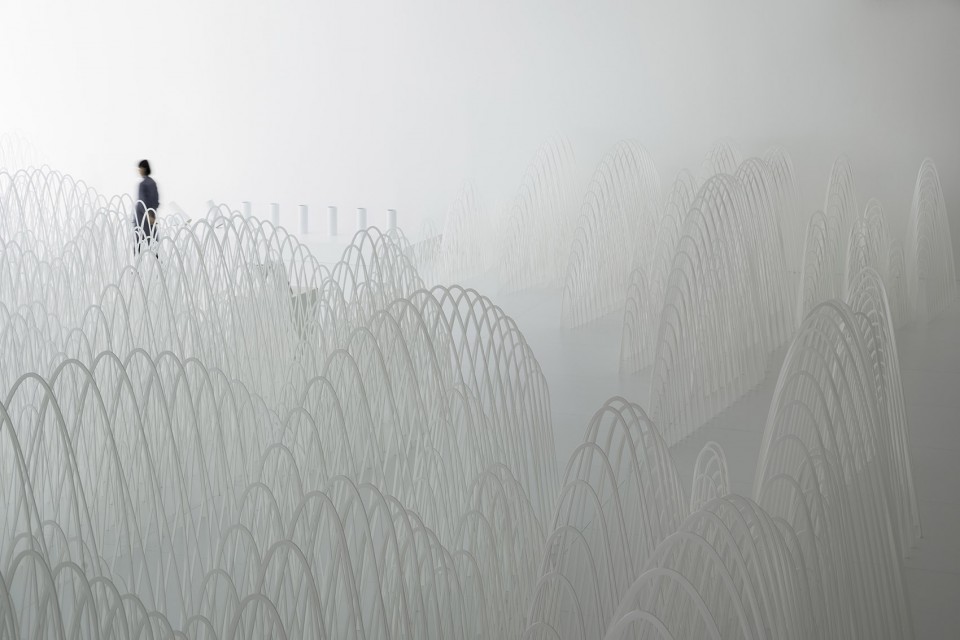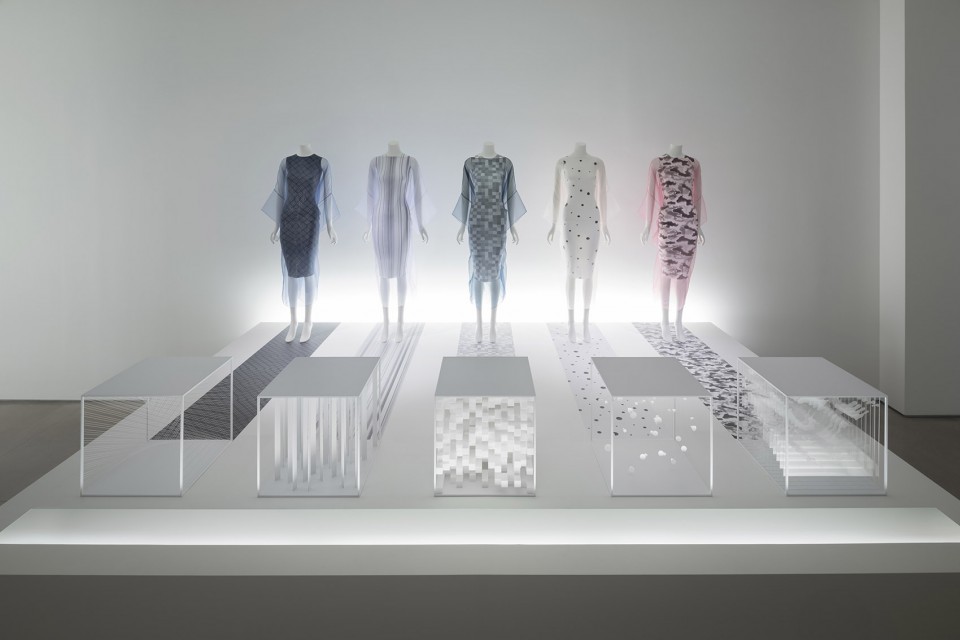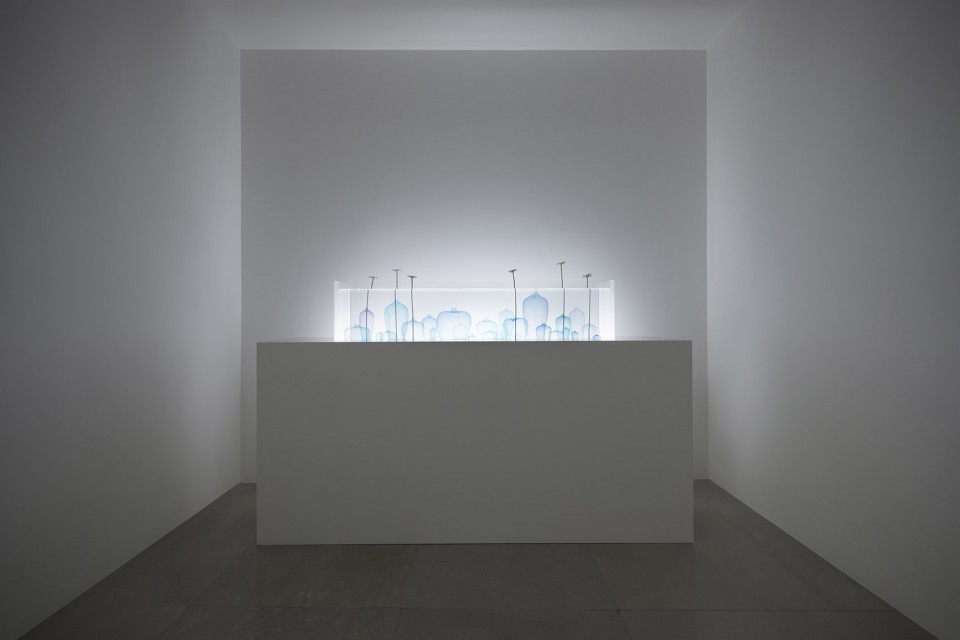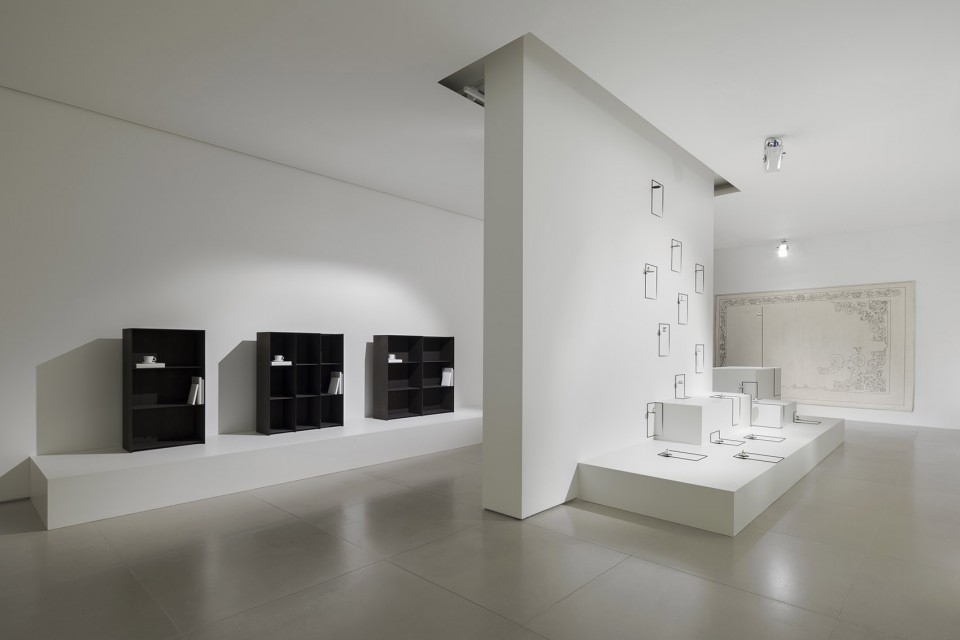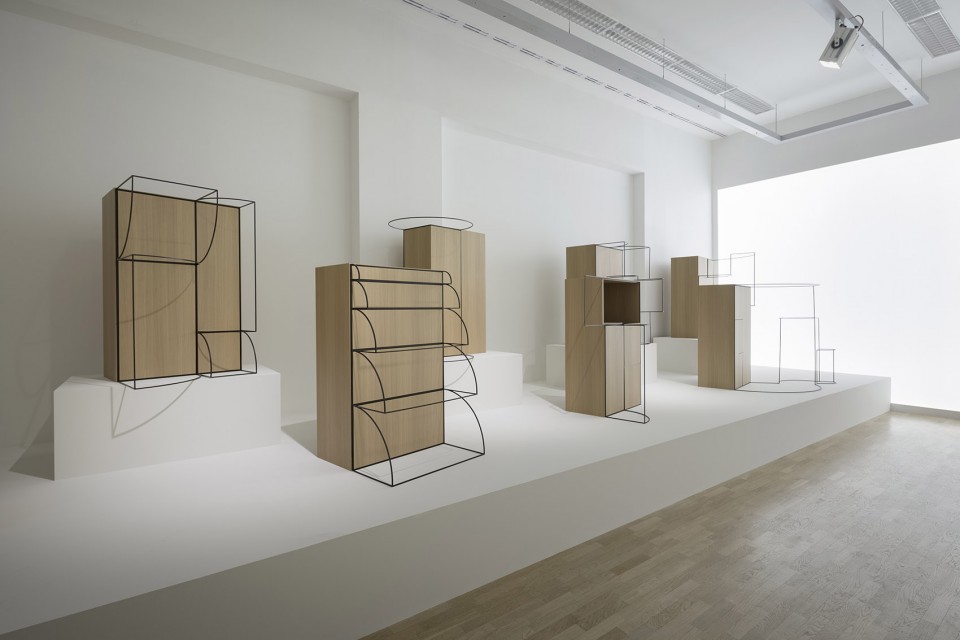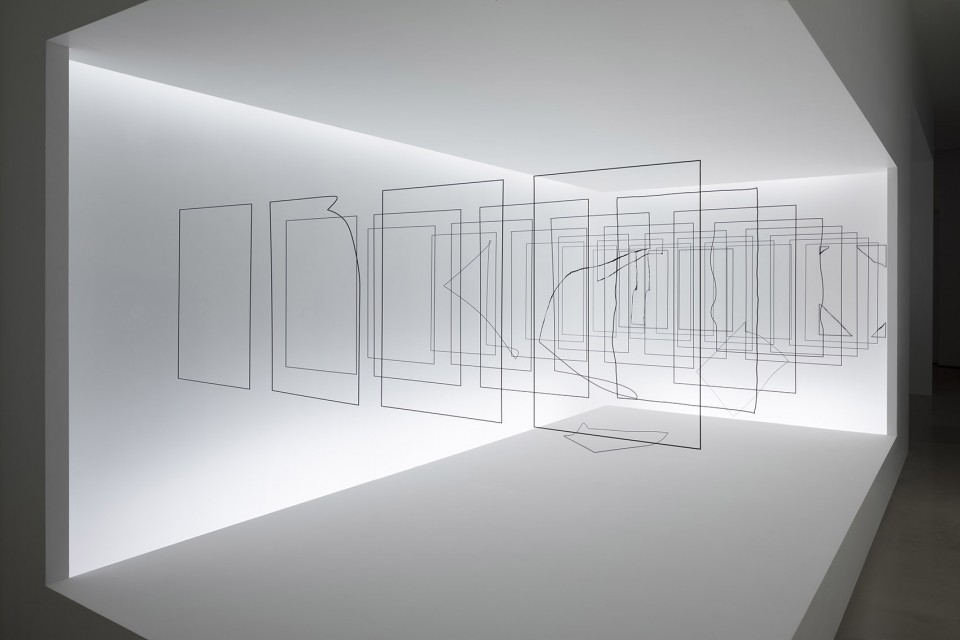Nendo:不可见的轮廓,佐藤大米兰设计周回顾
|
设计师倾向于通过潜意识观察物体的存在,遵循“轮廓”,并通过区分这些轮廓的“内外”来创造新的设计。这也意味着具有模糊轮廓的对象不能总是被看作是物体。但是如果把这些轮廓轮廓具像化,不可见的信息可以被潜意识补充。设计师在展览中考虑了这一原则,并以下列想法列为主题。项目通过以各种方式操纵不可见的轮廓,通过可视化这些边界使观众可以认识到某种形式的存在。展览中共收集了16个藏品,其中包括: We tend to perceive the existence and positioning of objects by subconsciously following “outlines”, and by distinguishing the “inside and outside” of these contours. This also means that objects with obscure outlines cannot always be identified as objects, and conversely if outlines are visible, that information which is not visible can be subconsciously supplemented. The exhibition takes this fundamental principle into account, and the following ideas were implemented as a theme. The existence of items are blurred by manipulating outlines in various ways, or the viewers can recognize some existence of an item visually in their minds by making invisible outlines visible. In total 16 collections were amassed including the following: ▼ “山的80个切片”,其特征是采用了山脉细长的切片外轮廓,“80 sheets of mountains” which features mountain range using outlines with cut and elongated sheet material
▼ “从物件到织物”系列是与Jil Sander的合作项目,将3D对象的轮廓提取出来并变成纺织品,“objectextile” a collaboration project with Jil Sander, where contours of 3D objects are retrieved and turned into textile
▼ “水母花瓶”,试图重新建立花瓶、水与色彩界限之间的关系,and “jellyfish vase” a new piece that attempts to reestablish the relationship between vase and water with colour boundaries
▼ “边界桌”展示了房间里零碎的轮廓,“border table” which presents a fragmented contour of rooms
▼ “轨迹系列”捕捉运动的“痕迹”,“trace collection” capturing “traces” of movement
▼ “未印刷材料”,通过轮廓描绘各种形式的纸张,“un-printed material”, a piece that portrays various forms and expressions of paper through outline
|
